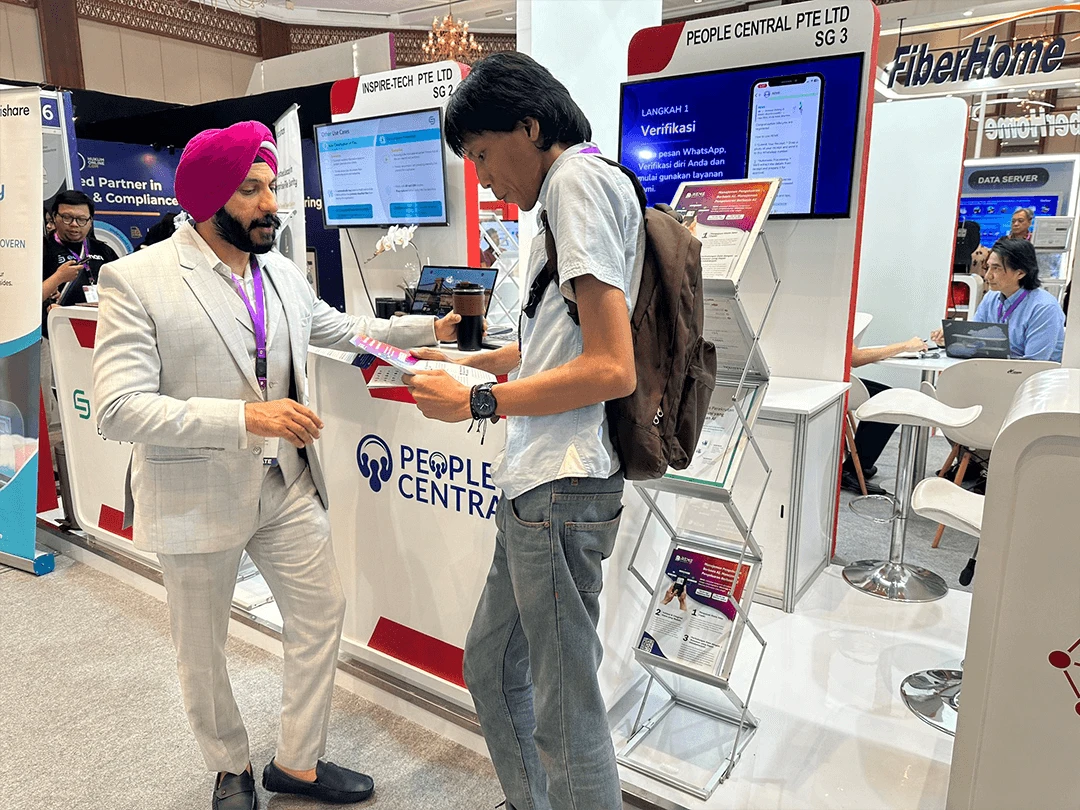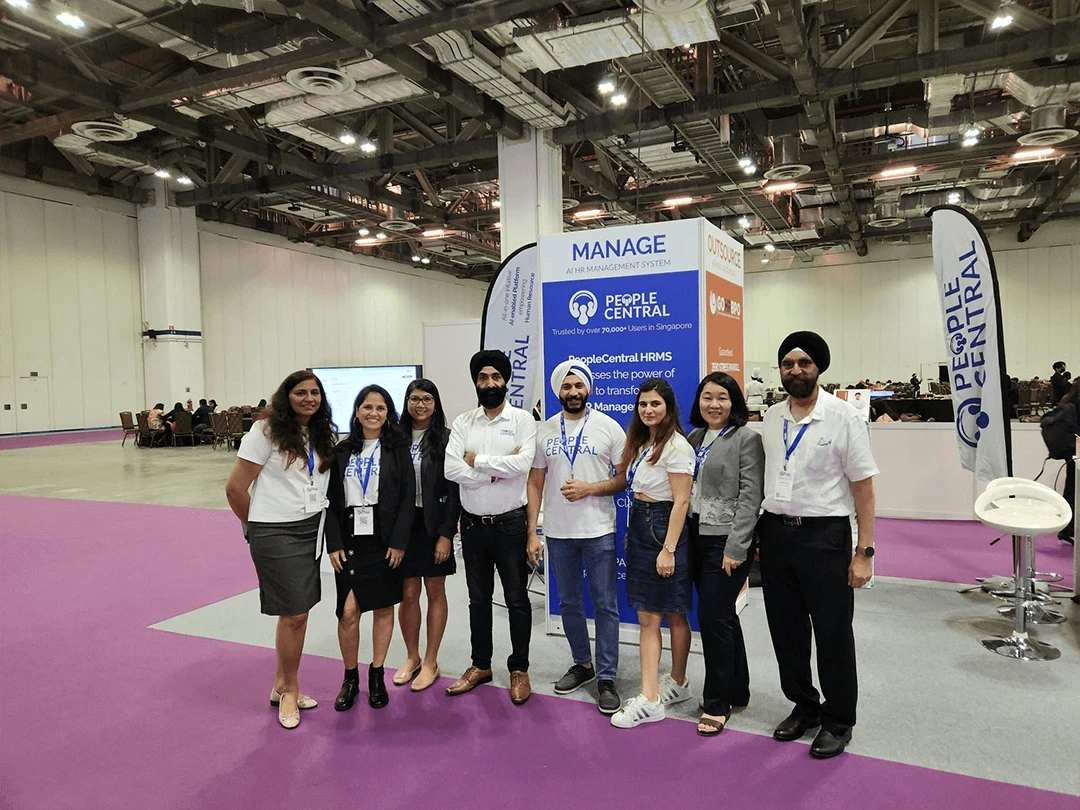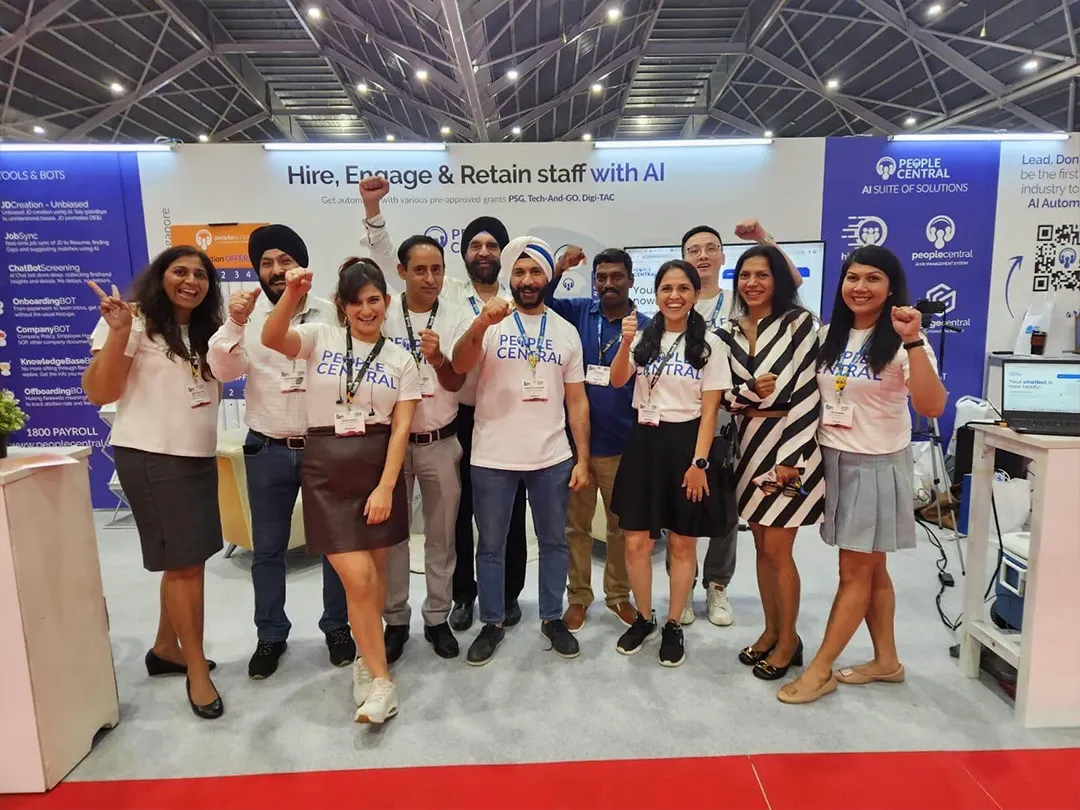Introduction
In earlier times, salaries and competitiveness didn’t matter much. If we talk about present times, I’ll say that making sure that you are giving competitive salaries to your employees is really very important.
So, do you think you’re paying your employees enough to stay competitive? Everyone is trying to stay ahead of the other, and if we talk about Singapore, salaries here are changing fast.
In such times, SMEs need to speed up because if they don’t, they can lose their best employees to someone who is up to date and following the current changes.
On average, pay is set to rise about 4% this year. This means HR and payroll teams have a lot to manage.
They have to take care of CPF, MOM, and IRAS rules, along with your employees who expect better pay.
They have to do all of this while you are trying to manage costs as well. So, let’s go through the latest 2025 salary benchmarks and also learn about some ways you can use to bet ahead of everyone.
Salary Trends in Singapore
Let’s have a look at the salary trends going on in Singapore this year:
- Median gross monthly income (full-time resident): The average gross monthly income is about S$5,500. It’s an indication that half of working Singaporeans are making less than this, and half of them make more.
- Average income: Average incomes are about S$6,138. It is higher because the highest earners push up the average.
- 10-year growth: Incomes are expected to grow by around 46% between 2014 and 2024.
- 2024 snapshot: Nominal wages grew by 5.2 percent, but because of inflation, goods also became expensive, so that means real wages increased less, just +0.4%.
- 2025 forecast: Average pay is expected to rise by about 4%. Now inflation is getting better, so there will be a change in the real wages.
Also Read: Benefits Of Using An HRMS Portal For Small And Medium Businesses
Industry Benchmarks for 2025
In different sectors, the salaries are different. Finance and tech are at the top, and hospitality and admin services remain at the end.
| Industry | Median Monthly Pay (S$) | Trend (2024) |
| Finance & Insurance | 8,736 | +3–5% |
| Information & Communications (Tech) | 7,605 | +4–6% |
| Public Admin & Education | 7,032 | Stable |
| Manufacturing | 5,850 | +3% |
| Wholesale / Retail | 5,070 | +6% |
| Healthcare & Social Services | 5,070 | +5% |
| Accommodation & F&B | 2,974 | +8% |
| Admin & Support Services | 3,296 | +7% |
| Other Services | 3,510 | +6% |
For example, in 2024, sales promoters’ pay rose 32% and general workers’ wages increased by 30%.
Salary by Role & Level
Beyond industry, role, and seniority heavily shape pay.
| Function | Entry / Junior | Mid-level Manager | Senior / Director |
| Technology | Software Engineer ~S$100k/year | Program Manager ~S$200k/year | CTO ~S$300k/year |
| Human Resources | HR Executive ~S$60k/year | Talent Acquisition / L&D Manager ~S$84–100k/year | HR Director ~S$160–200k/year |
| Finance | Financial Accountant ~S$50–75k/year | Finance Manager ~S$100–140k/year | Finance Director ~S$180–240k/year |
Compliance Considerations for HR & Payroll
Salary benchmarking means staying compliant:
- CPF & IRAS: It is good to have nice adjusted salaries, but you also have to ensure that your CPF contributions and IR8A filings reflect those adjustments.
- Progressive Wage Model (PWM): There are many industries where there are minimum wage standards, like cleaning, security, landscaping, retail, and F&B.
- Workfare Income Supplement: This reduces the effect on low-income workers (those earning less than S$2,500 per month), although as an employer, you still want to try and match national benchmarks when it comes to salaries.
- Living Wage Benchmark: Many in Singapore see S$2,906/month as the minimum decent standard of living.
- If you don’t comply with PWM rules, you will risk licensing issues and penalties. That’s why SMEs need to update payroll systems every year.
Also Read: What is Compassionate Leave in Singapore? A Guide for HR Teams on Non-Statutory Policies
Practical Takeaways for SMEs
Here’s how you can make salary benchmarks work for you:
- Benchmark regularly: Don’t wait for years to review. Compare your pay scales with the latest market medians for each role.
- Budget for ~4% increments: It is the expected market rise in 2025, so you should plan to keep up with inflation and industry standards.
- Spot the “hot jobs” early: Roles like sales promoters, logistics staff, and software engineers are having increased salaries. Adjust proactively so you don’t lose talent.
- Stay compliant: You need to keep track of CPF, MOM, and PWM changes. If you fall behind on compliance, it can cost you more than a pay increment ever will.
- Leverage HR tech: You need to use Integrated payroll systems. These can handle CPF, IRAS, leave, claims, and OT automatically. This way, it reduces errors and saves you a lot of admin hours.
Quick Checklist for HR Leaders:
- Run pay audits against current market medians
- Plan your 2025 payroll budget with 3–5% increments in mind.
- Track compliance updates like PWM and CPF rate changes
- Update payroll software to ensure accuracy and automation.n
- Be transparent and explain pay policies clearly to your staff so they trust you.
Conclusion
In the end, I will say that salaries in Singapore are going up by about 4% in 2025, but it really depends on the sector.
If you’re in finance, it might be around S$8-9k a month; on the other hand, in F&B it’s around S$3k. It’s a big gap.
You need to make sure that you stay competitive while being compliant and also run things efficiently.
For doing this, you need to benchmark smartly, set aside a budget for annual increments, and lean on integrated HR/payroll systems.
It will make your life a lot easier and also your employees will see the effort nd that trust and motivation will keep them around.



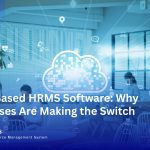


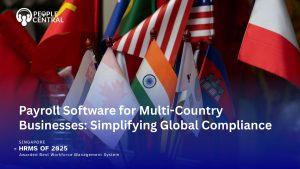

 5
5

















